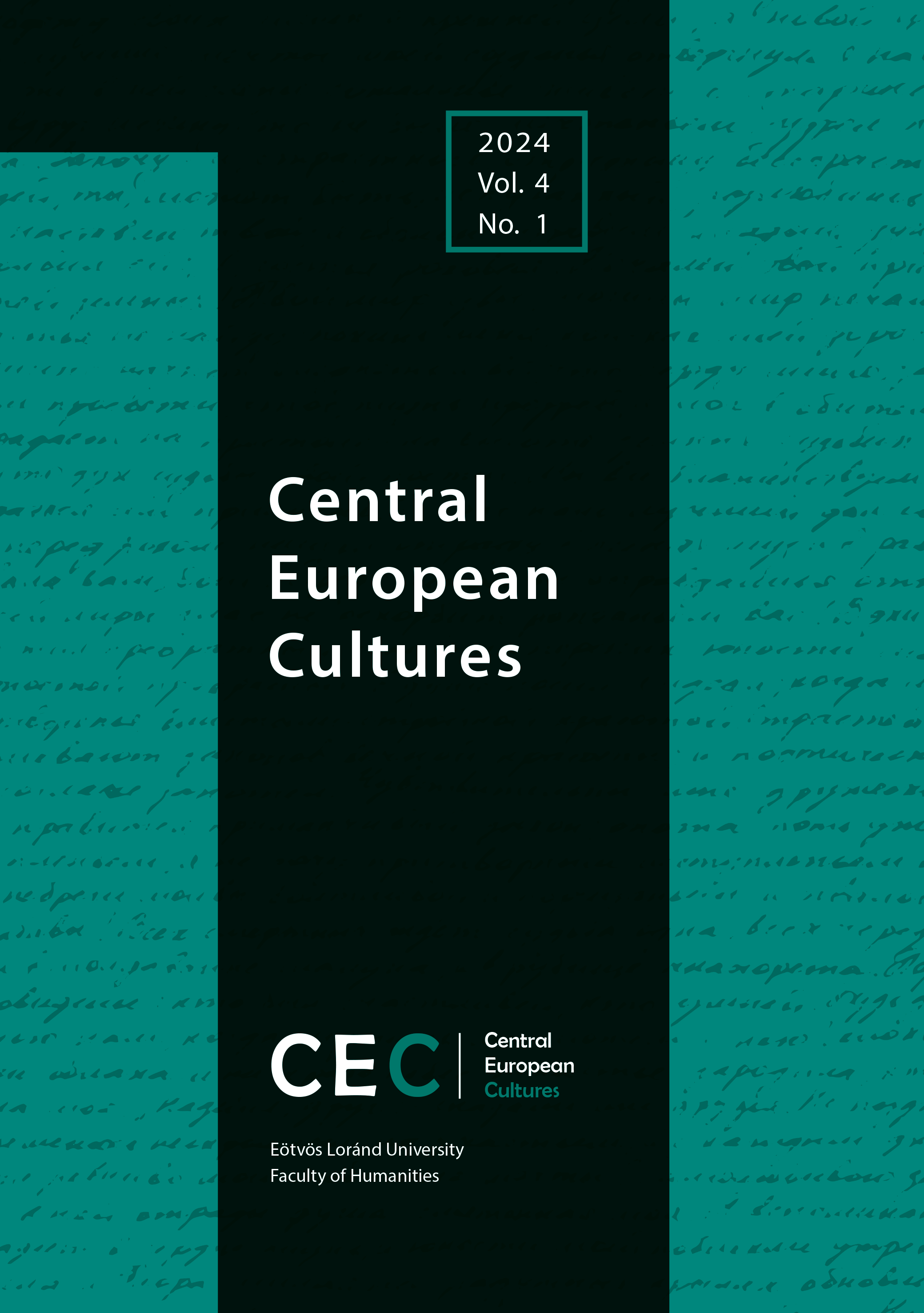Published 2024-09-16
How to Cite
Copyright (c) 2024 Author(s)

This work is licensed under a Creative Commons Attribution-NonCommercial 4.0 International License.
Abstract
The brief historical overview comprises an account of classical crowd theories and their contemporary metamorphoses to contextualize the thematic section of the journal. Regarding the proverbial “age of the crowd” of the late nineteenth and twentieth centuries in Europe, a variety of attempts of conceptualization proved controversial but productive. Hyppolite Taine, Scipio Sighele, or Gustave Le Bon approached the phenomenon dominantly in psychological terms foregrounding the destructive elements of mass dynamics. In the interwar period, however, a first wave of differentiation might be detected, insofar as younger academic sub-disciplines, i.e., social statistics, seek to grasp the crowd as a structure with its intricate and partly paradoxical qualities. In recent scholarship, however, the diversification of the concept seems to have become even more complex: by shifting the focus from the “object crowd” to the “subject crowd”, descriptions of the multitude, the network, the swarm, or the assembly reflect the need to think of the crowd as an autonomous agency with emancipatory potentials.

